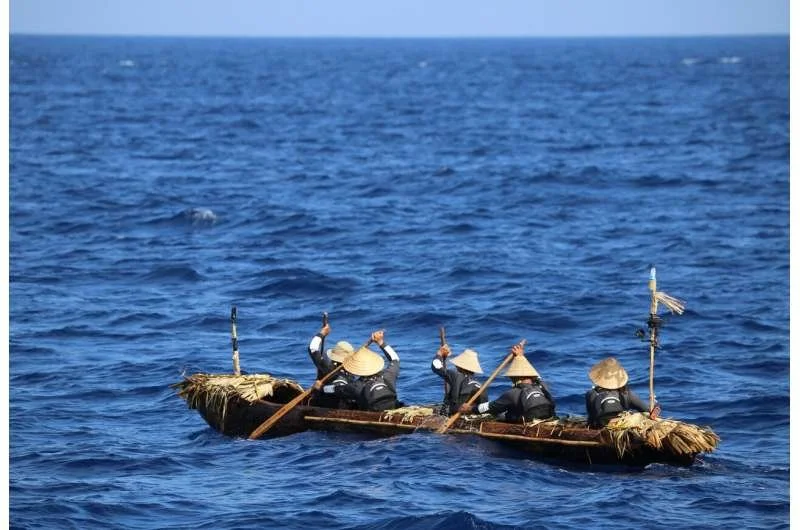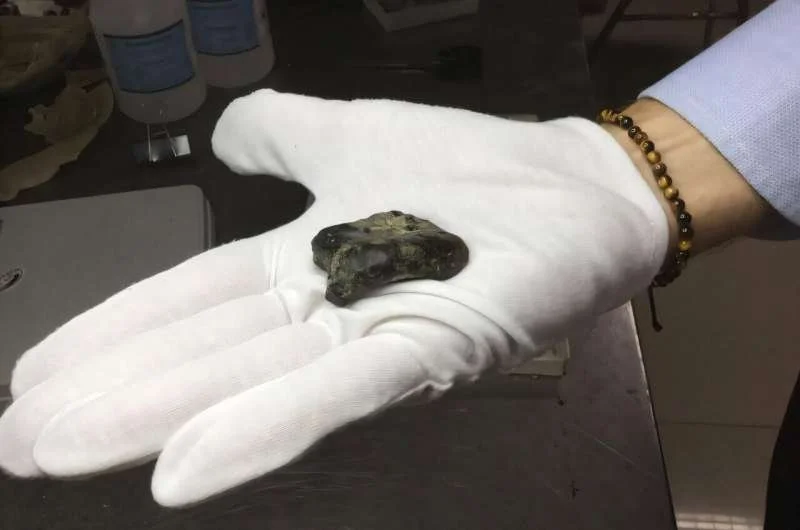The Indus Valley Civilization, flourishing around the areas of modern-day Pakistan and northwest India, has long intrigued historians and archaeologists with its advanced urban planning, sophisticated craftsmanship, and enigmatic script. In this article, we shed light on civilization's social fabric, governance, and cultural practices, offering a window into the life, attire, and societal organization of this ancient civilization.
The Fabric of Society: Attire and Appearance
The Harappan people exhibited a keen sense of fashion, distinguished by gender-specific attire and hairstyles that possibly denoted societal status or occupations. Men's clothing comprised dhoti-like garments, while women donned woven cotton or wool dresses, as inferred from the examination of various stone and terracotta figurines. These figurines not only reveal the fashion sensibilities of the Harappans but also hint at a society where personal adornment played a significant role in expressing identity and status.
Leisure and Cultural Practices
Leisure activities within the Harappan society, as depicted by terracotta figurines, included dancing, music, and games, indicating a community that valued joy and entertainment. Particularly noteworthy is the elevated social status of women, inferred from their elaborate hairstyles and participation in cultural activities. This aspect of Harappan life underscores a society where women held significant roles, both in the domestic and public spheres.
Religious Beliefs and Health
The worship of a mother goddess and a fertility cult, as evidenced by numerous sculptures and figurines, highlights the spiritual dimensions of the Harappan people, emphasizing fertility and the feminine divine. Furthermore, the analysis of Harappan health and diet through biological remains reveals a population that consumed a varied diet of grains, fruits, dairy, and fish, despite challenges such as malaria and biological heterogeneity.
Social Structure and Occupations
The diverse occupations and complex social structure of the Indus Valley Civilization reflect a highly organized society. From farmers to sculptors and priests, the array of professions and evidence of urban planning indicate a civilization with specialized roles and an intricate social hierarchy. This diversity challenges the notion of a homogeneously stratified society, suggesting instead a multifaceted community with rich cultural and occupational diversity.
Governance and Symbols of Power
The lack of military fortifications and records suggests the Indus Valley Civilization was predominantly peace-loving, with minimal emphasis on warfare. However, the existence of trading outposts and a common system of writing points towards a sophisticated level of administrative control and economic complexity. Symbols of power, such as the unicorn motif, indicate a ruling elite possibly comprising aristocrats or influential merchants, hinting at a decentralized but disciplined governance structure.
A Complex Society
The Indus Valley Civilization was marked by a complex social and political landscape, characterized by diverse occupations, rich cultural life, and a decentralized political structure. The evidence of social equality, leisure activities, and religious practices suggests a society that was advanced not only in terms of its urban planning and craftsmanship but also in its social organization and cultural expression.
The exploration of the Indus Valley Civilization's people, governance, and cultural practices offers invaluable insights into one of the world's oldest urban cultures. Through detailed analyses such as Merlin's, we continue to peel back the layers of mystery surrounding this enigmatic civilization, revealing a society that was remarkably sophisticated in its organization, cultural expression, and worldview. As we delve deeper into the Harappan way of life, we not only uncover the past but also gain perspectives that enrich our understanding of human history and the diverse paths civilizations can take.










